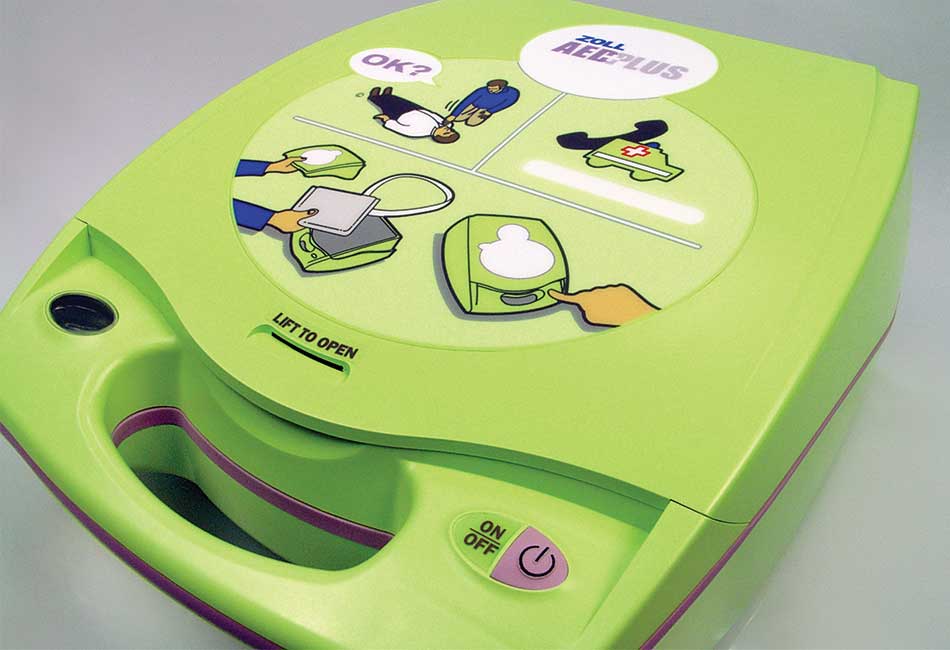Comprehending Exactly How Graphic Overlays Work to Boost Your Creative Tasks
Graphic overlays serve as a crucial element in the world of imaginative jobs, boosting both visual interaction and audience interaction. The effective combination of these overlays calls for careful factor to consider of style concepts and objectives.
What Are Graphic Overlays?
Graphic overlays are visual components that are positioned on top of a base picture or user interface to enhance interaction and customer experience. They serve different objectives, including offering extra information, directing customer communication, and improving visual allure. Common applications of graphic overlays can be located in digital interfaces, advertising and marketing, and educational products.

Graphic overlays are typically produced using style software program, enabling designers to control size, color, and transparency to achieve the desired effect. They can be dynamic or fixed, with computer animations that attract the visitor's eye and boost engagement. The calculated use of graphic overlays not only improves aesthetic hierarchy but also help in supplying a clear and systematic message. Thus, recognizing just how to properly apply visuals overlays is vital for developers aiming to raise their creative tasks.

Advantages of Utilizing Graphic Overlays
Making use of graphic overlays can dramatically boost the performance of visual interaction across different mediums. One of the key advantages is the capability to convey complex details succinctly. By layering graphics, text, and pictures, overlays promote the presentation of data in a more digestible format, making it much easier for target markets to realize key concepts swiftly.
In addition, graphic overlays can boost aesthetic appeal, drawing interest to certain elements within a design. This is especially helpful in advertising and marketing, where capturing the audience's passion is critical. The calculated use shades, forms, and typography in overlays can develop a engaging and cohesive visual narrative, improving brand recognition.
In addition, graphic overlays provide flexibility in design. They allow creators to adjust content for different platforms without going back to square one, ensuring consistency throughout various channels. This flexibility is important in today's digital landscape, where content must be optimized for diverse devices and formats.
Kinds Of Graphic Overlays
When taking into consideration the numerous kinds of visuals overlays, it is crucial to identify their varied applications across different sectors. Graphic overlays can be classified largely right into three types: functional, attractive, and informative.
Practical overlays are developed to improve the usability of an item. Frequently discovered in electronic tools, these overlays usually give responsive comments via increased buttons or distinctive surface areas, enhancing user communication. They can also work as a protective layer, protecting the underlying components from wear and tear.
Attractive overlays focus on visual enhancement, allowing brand names to reveal their identification with dynamic layouts and personalized graphics. These overlays prevail in packaging, advertising, and point-of-sale products, where aesthetic charm is crucial for bring in clients.
Educational overlays, on the other hand, are made use of to convey crucial data or guidelines. They can be seen in applications such as signs, user handbooks, and instructional graphics, where clearness and readability are paramount.
Each kind of visuals overlay offers a special objective, adding to the overall performance of creative tasks while resolving specific requirements within numerous sectors. Recognizing these distinctions is crucial for selecting the ideal overlay for your project.
Finest Practices for Execution
To ensure the successful execution of visuals overlays, it is essential to establish a clear understanding of the job's goals and the certain demands of the end-users. Begin by performing extensive site here research study to determine the target audience and their preferences, as this will inform style selections and capability.
Following, produce a thorough strategy that lays out the overlay's objective, layout, and combination procedure. This strategy needs to include interface considerations, ensuring that overlays enhance as opposed to block the customer experience a fantastic read - Graphic Overlays. Maintain and consider the aesthetic power structure consistency in design components, such as shade plans, font styles, and icons, to advertise brand comprehensibility
Checking is crucial; collect comments from a representative example of users to recognize prospective issues and areas for improvement. Repeat on the design based upon individual input and efficiency data. Furthermore, make sure compatibility across numerous devices and systems to make the most of accessibility.
Devices for Creating Overlays
Developing efficient visuals overlays requires the right devices to translate style principles into useful applications. Various software program and systems are available, each customized to details demands and skill degrees.
Adobe Photoshop and Illustrator are sector standards, using considerable capabilities for producing and controling overlays. These devices provide sophisticated attributes such as layer monitoring, blending modes, and vector graphics, allowing designers to produce detailed and high-grade overlays.
For those looking for a much more easy to use approach, Canva and Figma are excellent choices (Graphic Overlays). Canva's instinctive user interface enables individuals to produce overlays swiftly using pre-designed layouts, while Figma promotes joint design in real-time, making it excellent for groups
In addition, open-source choices like GIMP and Inkscape supply durable capabilities without the associated expenses of proprietary software. These tools permit adaptability in style and can accommodate different file layouts, making certain compatibility throughout different systems.

Conclusion
In final thought, graphic overlays offer as effective tools for boosting creative jobs by providing aesthetic quality, visual allure, and brand consistency. By recognizing the fundamental principles and benefits connected with graphic overlays, developers can substantially boost the high quality and performance of their aesthetic interactions.
Graphic overlays offer as a pivotal element in the world of innovative jobs, enhancing both visual communication and target market interaction.Graphic overlays are usually developed utilizing style software program, permitting developers to adjust transparency, shade, and dimension to achieve the wanted result.In addition, graphic overlays can enhance aesthetic appeal, attracting attention to specific components within a design.Furthermore, visuals overlays offer adaptability Click This Link in design.In final thought, visuals overlays offer as effective devices for improving innovative jobs by supplying aesthetic clarity, aesthetic allure, and brand uniformity.